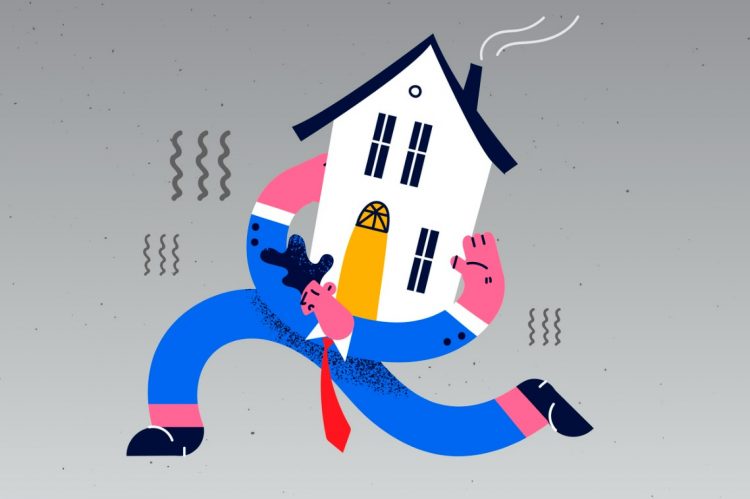National Association of Home Builders (NAHB) and Wells Fargo have released a new quarterly Cost of Housing Index that underscores the housing affordability crisis in America. The report revealed that in Q1 2024, 38% of a typical family’s income was needed to make a mortgage payment on a median priced new single-family home in the United States. Low-income families, defined as those earning only 50% of the area’s median income, would have to spend 77% of their earnings to pay for the same new home.
The figures track closely for the purchase of existing homes in the U.S. as well, as a release from NAHB stated. A typical family would have to pay 36% of their income for a median-priced existing home while a low-income family would need to pay 71% of their earnings to make the same mortgage payment. HUD defines cost-burdened families as those “who pay more than 30% of their income for housing,” and a severe cost burden is defined as paying more than 50% of one’s income on housing.
“The Cost of Housing Index clearly shows that a growing shortage of affordable housing is hurting families and communities nationwide and that local, state and federal officials must act on this issue,” said NAHB Chairman Carl Harris. “NAHB has released a 10-point plan to tackle the housing affordability crisis that focuses on the need to address excessive regulations, inefficient local zoning rules, costly building codes, and many other factors that are dramatically affecting home prices and preventing builders from constructing more attainable, affordable housing.”
“With a nationwide shortage of roughly 1.5 million homes, the lack of housing units is the primary cause of growing housing affordability challenges,” added NAHB Chief Economist Robert Dietz. “Policymakers at all levels of government need to enact policy changes that will allow builders to construct more homes, such as speeding up permit approval times, providing resources for skilled labor training and fixing building material supply chains.”
Highlights of the data include:
- In eight out of 176 tracked markets in the first quarter, the typical family is severely cost-burdened.
- In 80 other markets, such families are cost-burdened (need to pay between 31% and 50%).
- There are 88 markets where the CHI is 30% of earnings or lower.
- San Jose-Sunnyvale-Santa Clara, California, was the most severely cost-burdened market on the CHI, where 84% of a typical family’s income is needed to make a mortgage payment on an existing home.
- This was followed by: Urban Honolulu, Hawaii (73%); Naples-Marco Island, Florida (71%); San Diego-Chula Vista-Carlsbad, California 70%) and San Francisco-Oakland-Berkeley, California (69%).
- Low-income families would have to pay between 138% and 168% of their income in all five of the above markets to cover a mortgage.
- By contrast, Peoria and Decatur, Illinois, tied as the least cost-burdened markets on the CHI, where families needed to spend just 14% of their income to pay for a mortgage on an existing home.
- Rounding out the least burdened markets are: Cumberland, Maryland-West Virginia (15%); Springfield, Illinois (16%) and Elmira, New York (16%).
- Low-income families in these markets would have to pay between 28% and 32% of their income to cover the mortgage payment for a median-priced existing home.
Please visit nahb.org/chi for tables and details.












